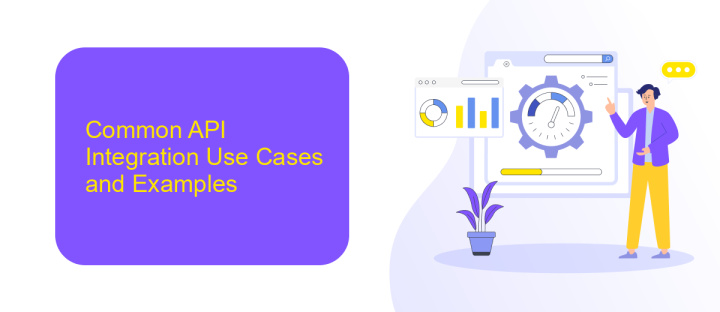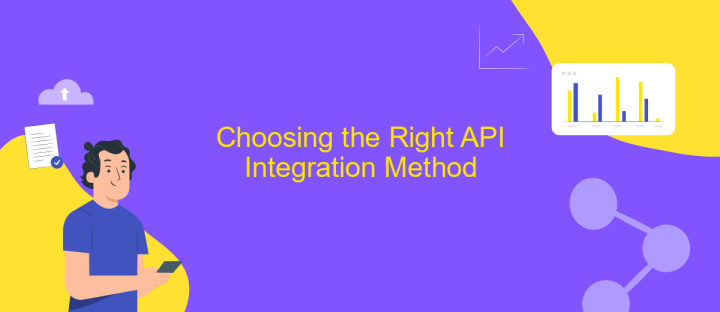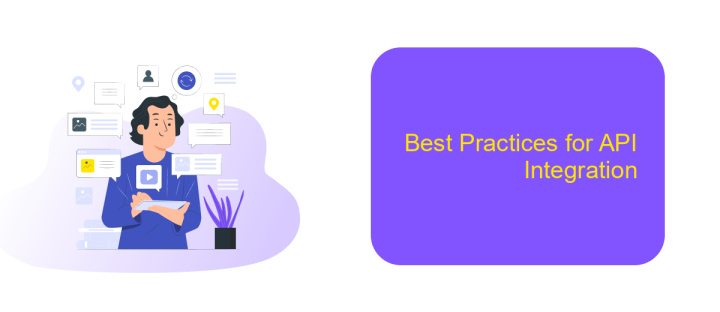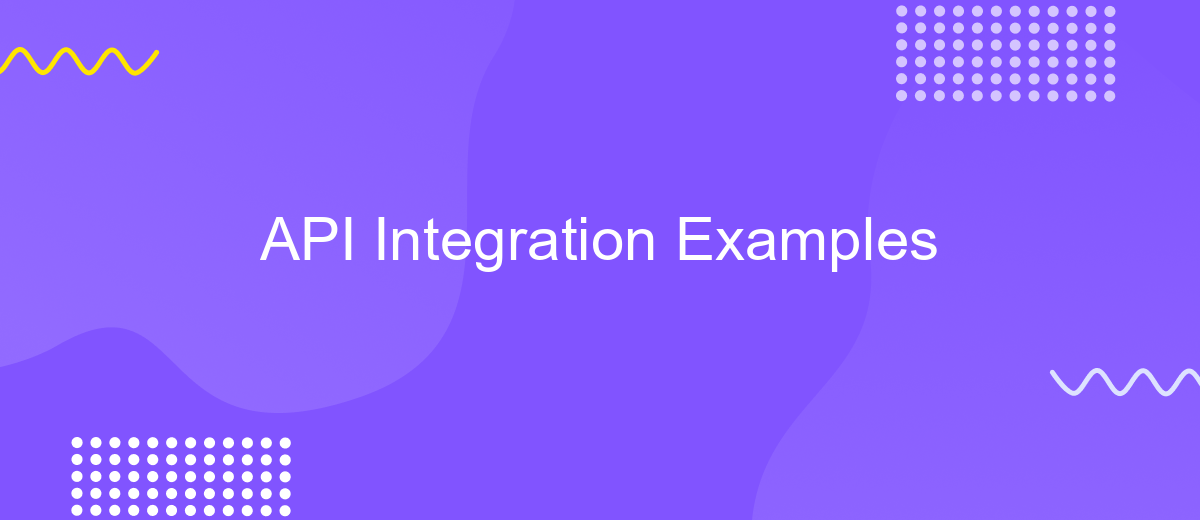API Integration Examples
In today's digital landscape, API integration plays a crucial role in enabling seamless communication between diverse software applications. By connecting different systems, APIs facilitate data exchange, enhance functionality, and streamline operations across platforms. This article explores various examples of API integration, highlighting their transformative impact on industries ranging from e-commerce to healthcare. Discover how leveraging APIs can unlock new opportunities for innovation and efficiency in your business processes.
Introduction to API Integration
API integration is a crucial component in the modern digital landscape, enabling different software applications to communicate and share data seamlessly. By connecting disparate systems, APIs allow businesses to automate processes, enhance functionality, and improve user experiences. Understanding API integration is essential for developers and businesses aiming to leverage technology for competitive advantage.
- Facilitates data exchange between applications
- Enhances functionality without building from scratch
- Automates workflows and reduces manual intervention
- Improves user experience by integrating various services
Implementing API integration can transform how businesses operate, offering a streamlined approach to managing data and services across platforms. Whether it's integrating payment gateways, social media platforms, or cloud services, APIs provide the flexibility and scalability needed to adapt to changing business needs. As technology continues to evolve, mastering API integration will be pivotal in driving innovation and efficiency.
Common API Integration Use Cases and Examples

API integration is a crucial component in modern software development, enabling seamless communication between different applications and systems. A common use case is the integration of payment gateways, allowing businesses to process transactions securely and efficiently. For instance, e-commerce platforms often integrate with APIs from PayPal or Stripe to offer customers a variety of payment options. Another prevalent example is social media integration, where companies connect their applications with APIs from Facebook, Twitter, or Instagram to enhance user engagement and streamline content sharing.
Businesses also utilize API integration for data synchronization between CRM systems and marketing tools. This ensures that customer information is consistently updated across platforms, improving marketing efforts and customer relationship management. Services like ApiX-Drive facilitate these integrations by providing a user-friendly interface to connect various applications without requiring extensive coding knowledge. By automating workflows, ApiX-Drive helps businesses save time and resources, allowing them to focus on core activities while ensuring that their systems work harmoniously together.
Choosing the Right API Integration Method

When selecting the appropriate API integration method, it's crucial to consider the specific needs of your project and the capabilities of the available APIs. Understanding the different integration methods can help streamline your development process and ensure a seamless connection between systems. The right choice can enhance functionality, improve user experience, and optimize performance.
- Direct Integration: This method involves connecting directly to an API using HTTP requests. It's straightforward but requires handling authentication, error management, and data parsing.
- Middleware Integration: By using middleware, you can abstract the direct API calls, manage data transformation, and handle errors centrally. This approach is ideal for complex systems requiring multiple API interactions.
- SDK Integration: Many APIs offer Software Development Kits (SDKs) that simplify the integration process. SDKs provide pre-built functions and tools, reducing development time and potential errors.
Ultimately, the choice of API integration method should align with your technical expertise, project requirements, and long-term maintenance considerations. Evaluate each option's pros and cons, keeping in mind scalability and future integration needs. By doing so, you can ensure a robust and efficient integration that supports your application's goals.
Best Practices for API Integration

API integration is a crucial aspect of modern software development, enabling different systems to communicate and share data seamlessly. To ensure successful API integration, it's essential to follow best practices that enhance performance, security, and maintainability. Developers should begin by thoroughly understanding the API documentation and capabilities to implement it effectively.
Security is paramount when integrating APIs. Implementing authentication mechanisms such as OAuth and using HTTPS for data transmission can protect sensitive information. Additionally, developers should validate all inputs and outputs to prevent security vulnerabilities like injection attacks. Monitoring API usage and setting rate limits can also help in managing resources efficiently.
- Use versioning to manage changes and avoid breaking existing integrations.
- Implement error handling to gracefully manage failures and provide meaningful feedback.
- Optimize API calls to reduce latency and improve performance.
- Document integration processes and maintain clear communication with API providers.
By adhering to these best practices, developers can ensure robust and efficient API integrations. This not only enhances the user experience but also contributes to the stability and scalability of the application. Continuous testing and monitoring are essential to adapt to changes and maintain seamless integration over time.


Troubleshooting and Debugging API Integrations
When troubleshooting API integrations, the first step is to ensure that all credentials and endpoints are correctly configured. Double-check API keys, tokens, and URLs to prevent common authentication errors. It's also crucial to verify that the API version matches the documentation you're referencing. If issues persist, examine the API response codes and messages, which often provide insights into the problem's nature. Implementing logging can be invaluable, as it allows you to track requests and responses, making it easier to identify where the integration is failing.
Debugging API integrations can be streamlined by using tools like ApiX-Drive. This service offers a user-friendly interface to connect various applications without extensive coding knowledge. It provides real-time monitoring and error reporting, which can help pinpoint issues quickly. Additionally, ApiX-Drive's automation capabilities can test integrations under different scenarios, ensuring robust performance. If manual debugging is required, tools like Postman or curl can simulate API requests, allowing you to test endpoints individually. By systematically approaching these steps, you can efficiently resolve integration challenges and maintain seamless API functionality.
FAQ
What is API integration and why is it important?
How can I start integrating APIs without extensive programming knowledge?
What are some common use cases for API integration?
How do I ensure the security of data during API integration?
Can API integration help in scaling business operations?
Time is the most valuable resource for business today. Almost half of it is wasted on routine tasks. Your employees are constantly forced to perform monotonous tasks that are difficult to classify as important and specialized. You can leave everything as it is by hiring additional employees, or you can automate most of the business processes using the ApiX-Drive online connector to get rid of unnecessary time and money expenses once and for all. The choice is yours!

